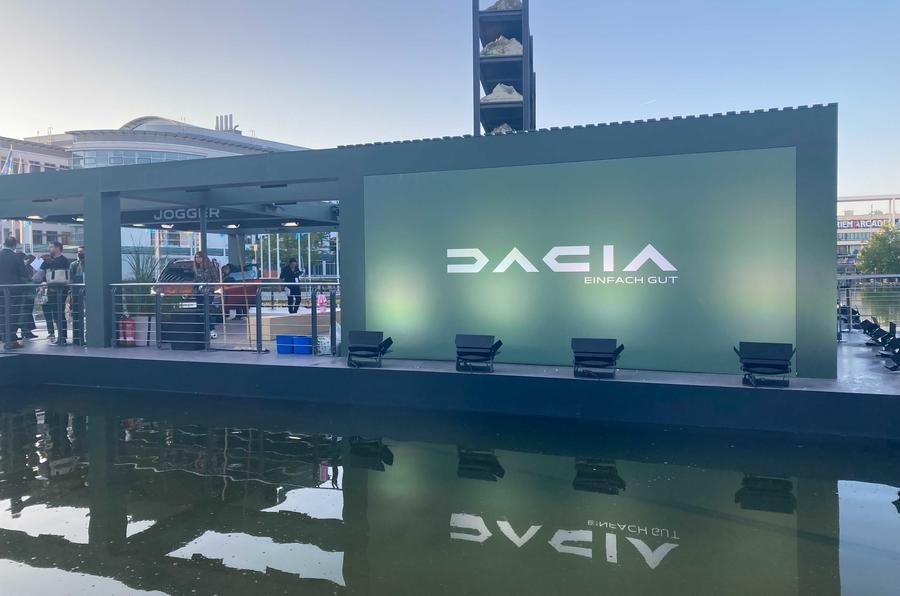The Dacia C-Neo is set to trump many hatchback rivals when it comes to space.
Dacia is preparing a pair of SUVs – first, the all-new Duster, and then the larger, Nissan Qashqai-rivalling Bigster set to launch in 2025. Additionally, the value brand is considering two other family-sized models that could arrive in the second half of the decade, including a regular hatchback that might target the Skoda Octavia and Volkswagen Golf.
Internally known as the Dacia C-Neo, the core vehicle would be positioned alongside, or slightly above, the seven-seat Jogger. The Jogger is the best-selling C-segment (Golf-class) vehicle in retail numbers alone, excluding fleet sales. The C-Neo would forgo a third row of seats but feature an Octavia-style ‘notchback’ design with a semi-sedan profile, providing hatchback practicality and surpassing the load capacity of more compact models like the Golf.
Dacia believes it can compete with these cars on space, price, and value, especially as many competitors are expected to switch to more expensive hybrid or EV powertrains by the time the C-Neo arrives. Dacia intends to continue with petrol power.
Exclusive images illustrate how a C-Neo hatchback could look, applying Dacia’s latest design language and cues from the Bigster concept to a ‘low drive’ profile – Dacia’s term for a non-SUV bodystyle. It’s conceivable that the C-Neo could spawn an estate variant, providing Dacia with its second new C-segment model.
Dacia CEO Denis Le Vot stated that the company is adhering to its plan, announced in November 2022, to add cars beyond the Bigster. These new models, potentially one or two, will be C-segment in size and based on the CMF-B platform.
The choice of the CMF-B architecture is expected, as Dacia has already linked its plans for the decade to this platform, which also underpins the Renault Clio and Captur, along with the Nissan Juke. Using this chassis for larger models enables Dacia to benefit from Renault Group economies of scale, particularly as it maintains its focus on efficient combustion-engined models instead of transitioning to EVs.
Le Vot mentioned, “We have a lot of technical possibilities to offer for new shapes of the body.” The platform’s capacity allows for various models, and with the new Duster, Dacia plans to offer it with a hybrid and as mild hybrids.
The reliance on the CMF-B platform makes it relatively easy to predict the technical makeup of a new Dacia family car. In base form, it would feature a 1.0-litre three-cylinder turbo petrol engine producing approximately 81.3kW. Additionally, it would be offered with a 1.2-litre petrol developing approximately 95.4kW and boosted by 48-volt mild-hybrid assistance. Furthermore, it would likely have the same 1.6-litre full-hybrid setup as the Jogger and forthcoming Duster.
When asked about the project’s decision, Le Vot mentioned, “We are deciding – with the emphasis on ‘ing’. We’re talking about 2026 onwards, after all.”
Dacia’s senior vice-president for sales, operations, and marketing, Xavier Martinet, stated that the brand is exploring the potential gains of launching further models in the family-car segment. He said, “We’re looking into possibilities,” he said. “Jogger is already strong; when you look at Bigster, you’d say that this will give us another good contender in the class. But are they enough? This is the decision we are exploring. We know we’re not going to get another big gain with an extra C-segment model, so we look at the numbers and see if they add up. If they don’t, we don’t go there; sometimes it’s heartbreaking for us, but that’s what we do.”




